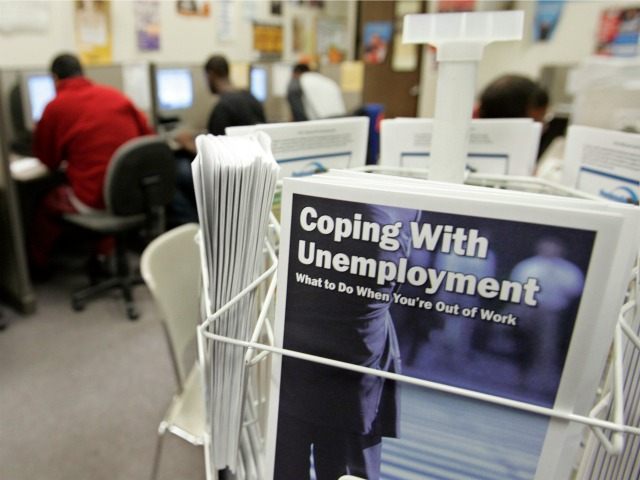
The number of people not in the labor force exceeded 94 million for the first time, hitting another record high in August, according to new jobs data released Friday by the Bureau of Labor Statistics.
The BLS reports that 94,031,000 people (ages 16 and over) last month were neither employed nor had made specific efforts to find work in the prior four weeks.
The number of individuals out of the civilian work force represented a jump of 261,000 over July’s record of 93,626,000 people.
August’s labor force participation rate remained at the same level as the prior two months at 62.2 percent, the lowest level seen since October 1977 when the participation rate was 62.4 percent.
The civilian labor force also experienced a slight decline of 41,000 people, compare to July’s 157,106,000 people in the civilian labor force to 157,065,000.
In total 149,036,000 people were employed in August, 8,029,000 were unemployed, and 5,932,000 people who wanted a job.
Overall the Labor Department reported that the economy added 173,000 jobs in August. The unemployment rate was 5.1 percent, lower than July’s 5.3 percent.





